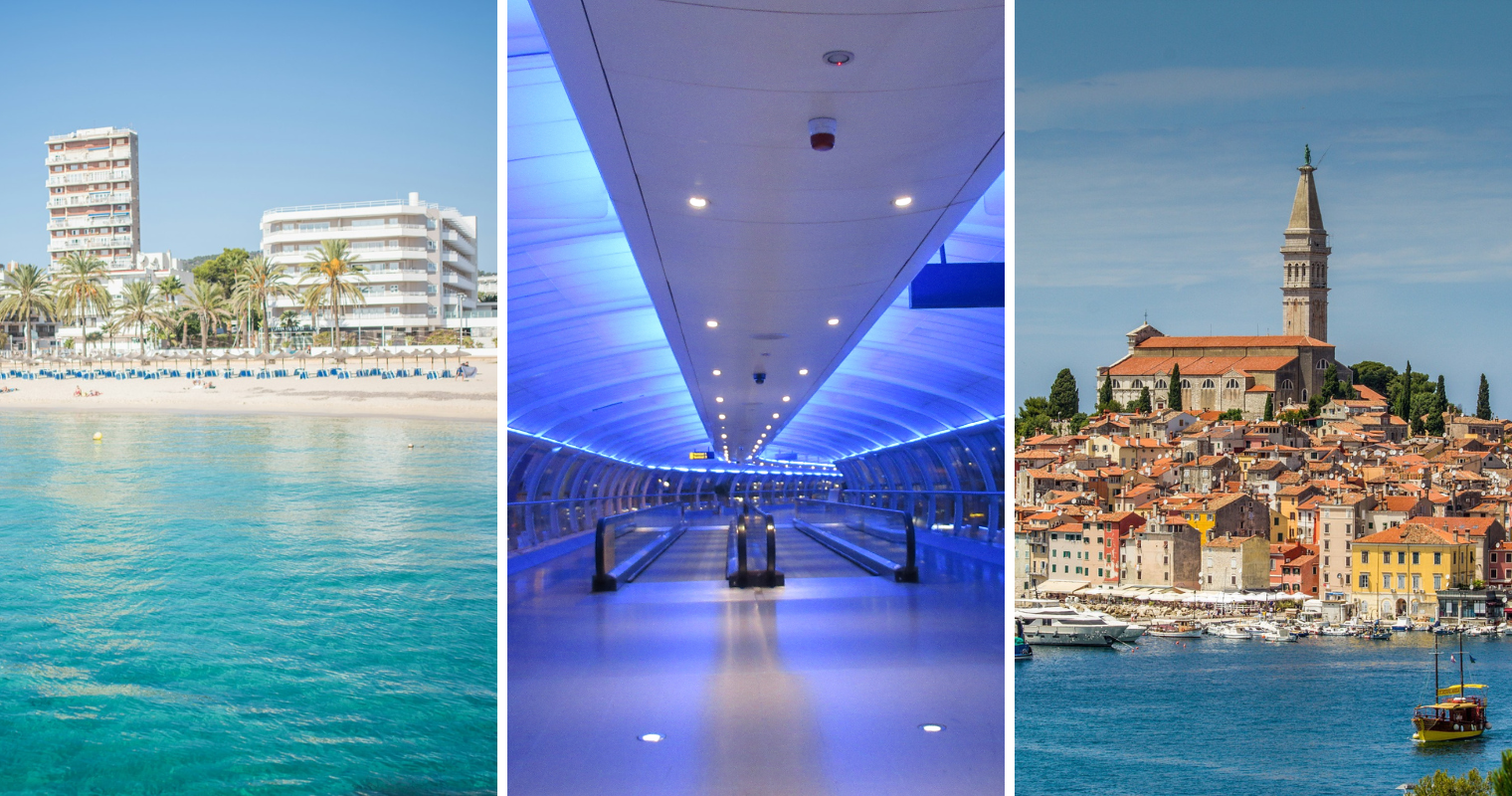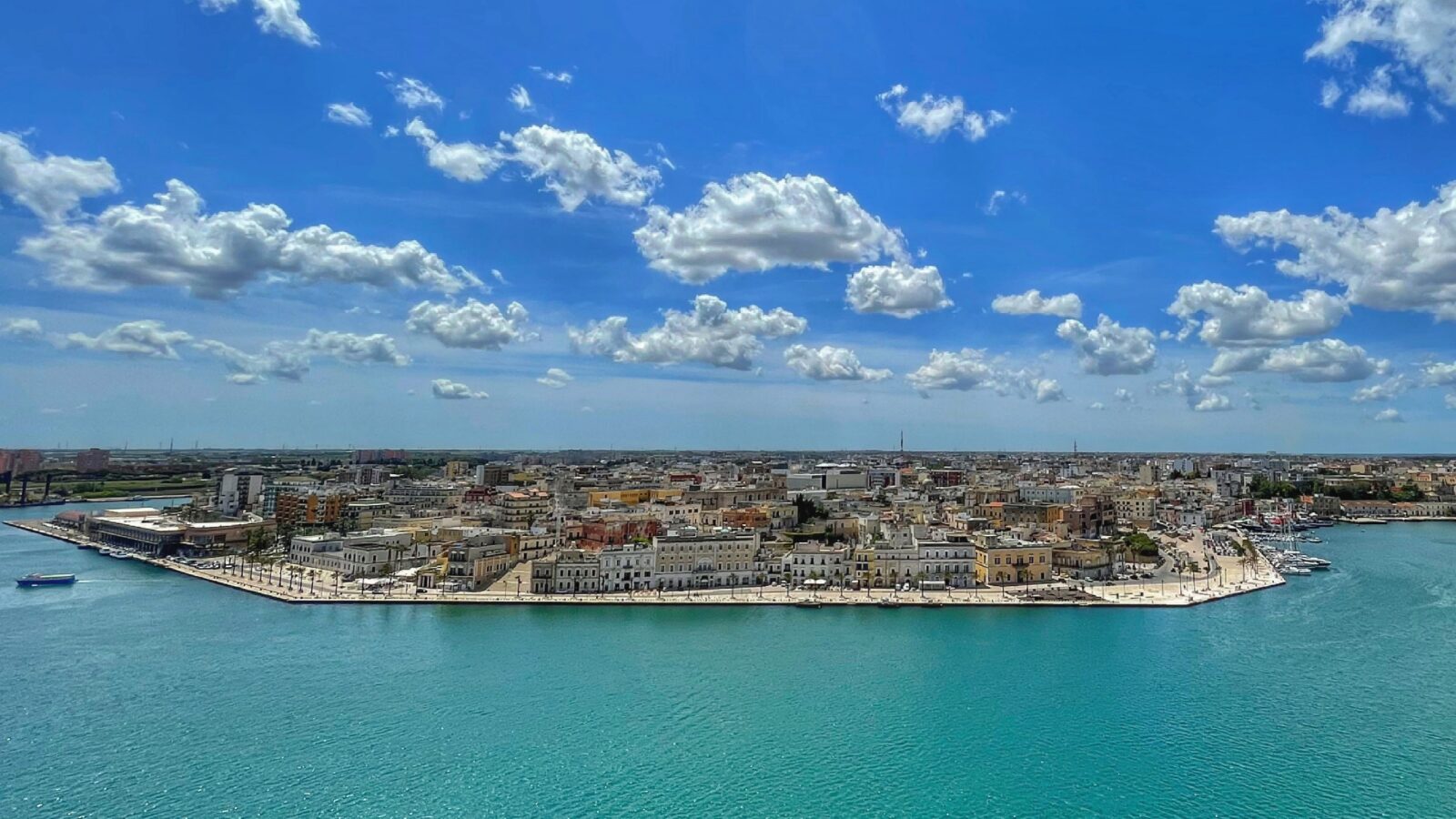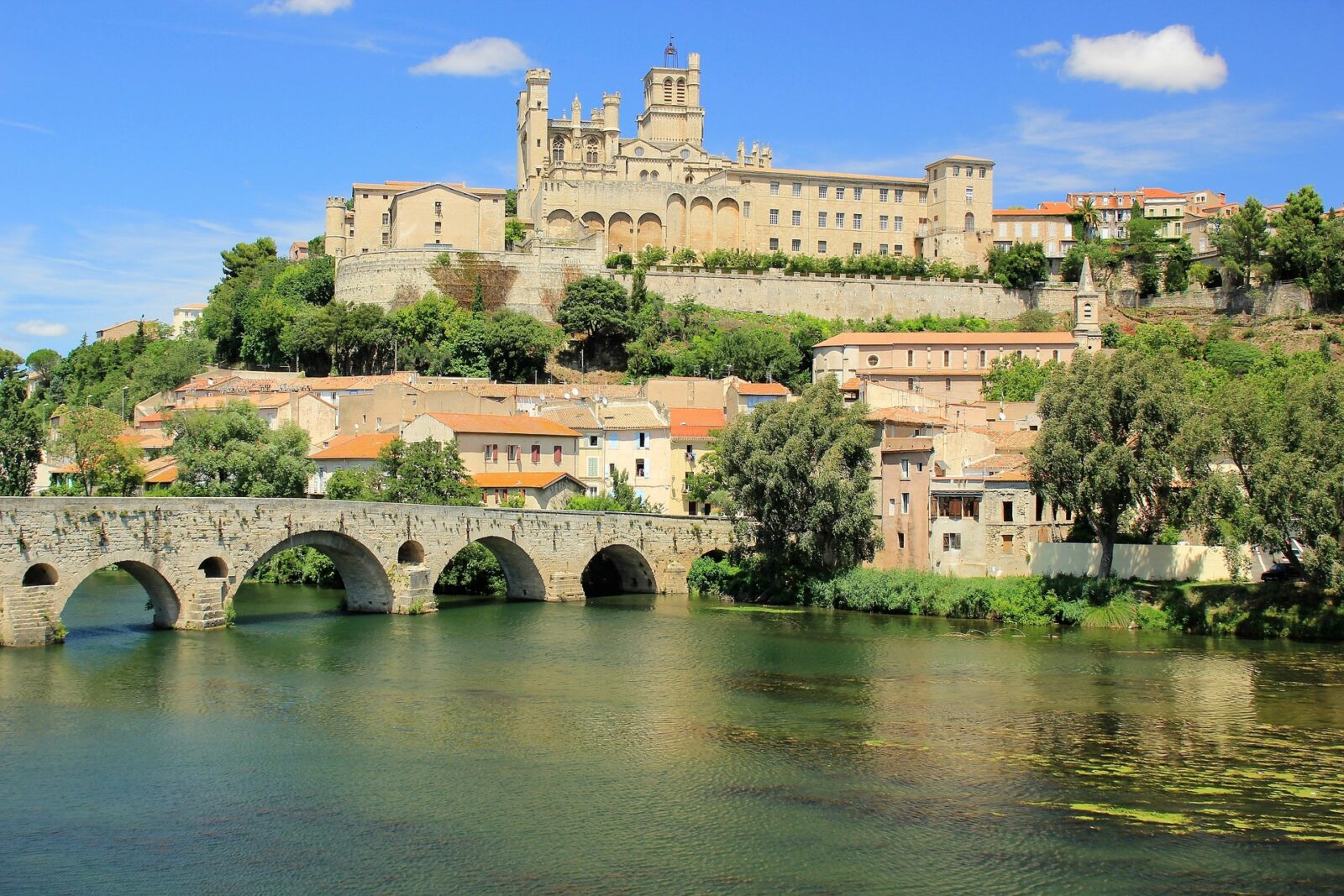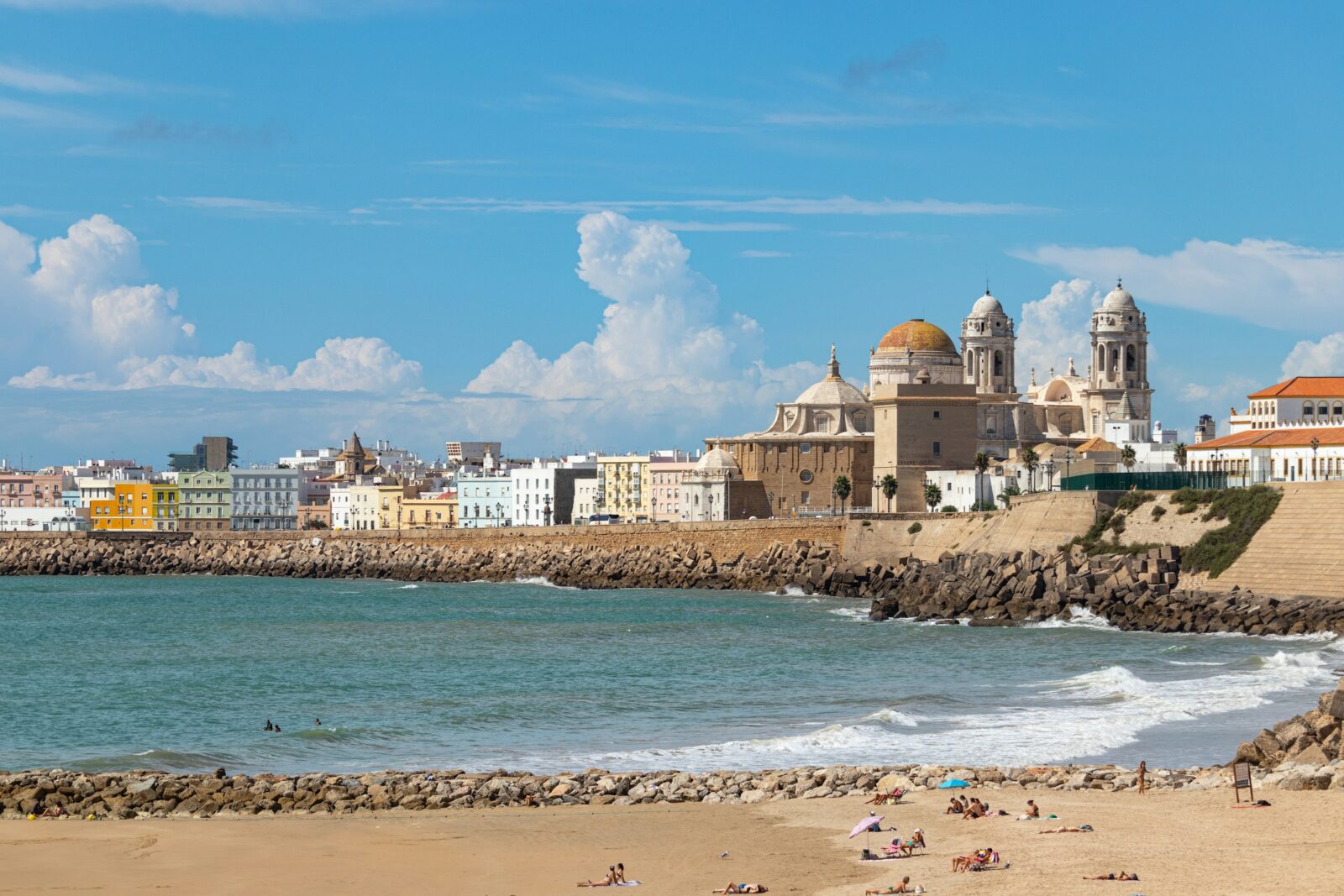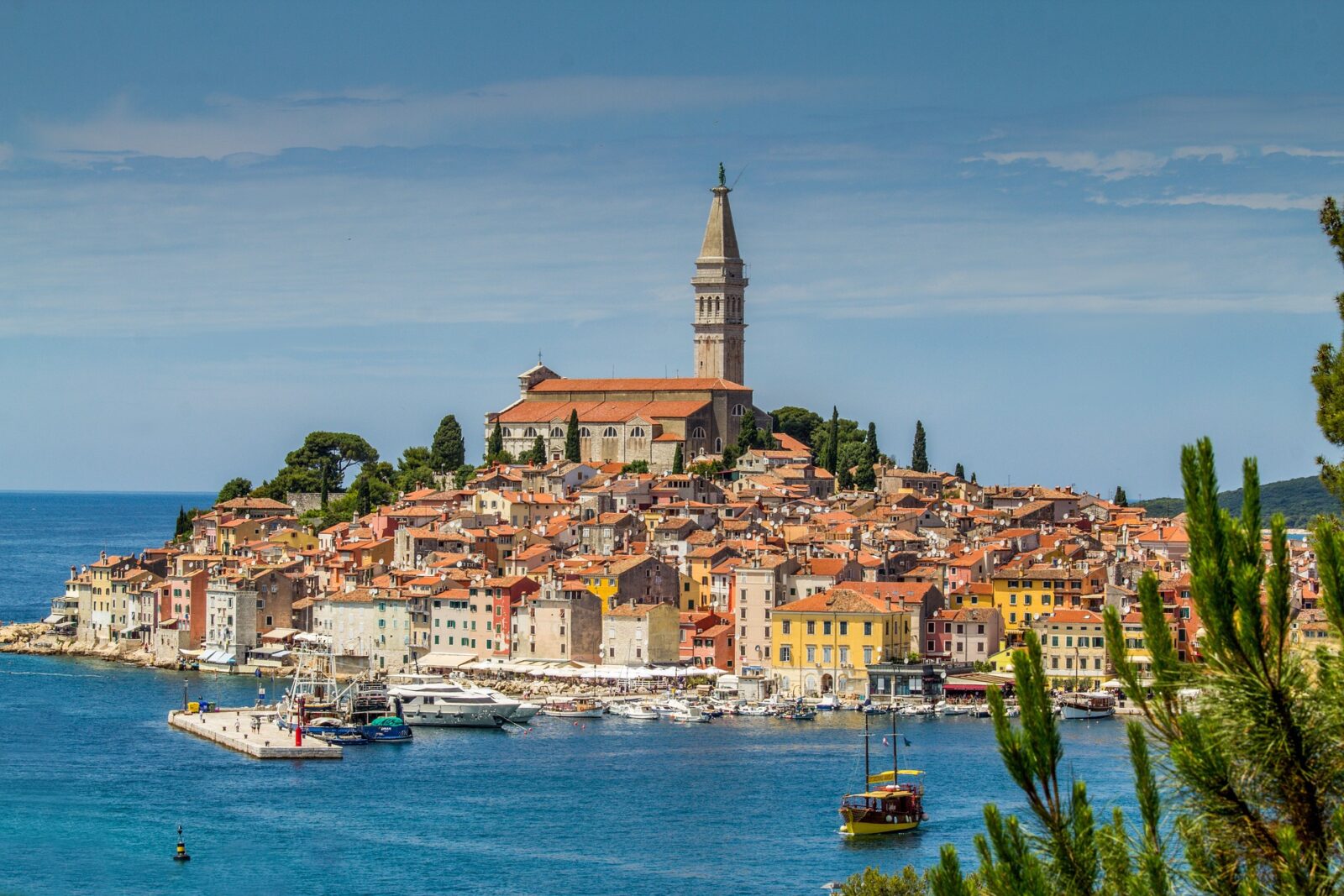UK News
The North West towns that could end up underwater by 2050 because of rising sea levels
The maps released by non-profit organisation Climate Central are based on predictions if we make no cuts to emissions.

A new research study has predicted that a number of North West towns could be underwater by 2050 as a result of rising sea levels.
As the global crisis of climate change continues to pose a threat to our future, with a report by NASA released at the start of the year revealing that 2020 was the joint warmest year on record, Climate Central – non-profit news organisation focused on climate science – has taken a look at the severity of the threat of climate change locally, reports LancsLive.
Although the damaging of climate change may not be directly felt where you live at this moment in time, the new research shows that rising temperatures have resulted in increasing sea levels and more severe weather conditions in the region, with the world’s ice sheets melting fast.
Experts say causes of global warming by humans include burning fossil fuels – coal, gas and oil – factory farming, increasing livestock production, and deforestation.
It’s also said that once gradual changes become noticeable, it will likely be too late to stop them.
As a result of this, Climate Central’s research predicts that areas of Blackpool, Lytham, Fleetwood and Morecambe could all be underwater in less than 30 years, with Lancaster, Thornton-Cleveleys, Heysham, Preston, South Ribble, West Lancashire and Southport also being affected.
Maps have been released to show how rising sea levels will affect local areas, with areas shaded in red represent places that are lower than the local sea-level or coastal flood projection, according to the selected data.
It should be noted that these images are based on predictions if we make no cuts to emissions.

The Lancashire coastal town and popular seaside resort of Blackpool is one of the most prominent locations on the list, with the above map showing the prediction that most of the area south of Central Pier – including the Pleasure Beach and Blackpool Airport – could be lost by 2050.
According to the research, inland areas including Common Edge, South Shore, Little Marton, Marton Fold and Squires Gate would also be impacted, along with parts of Blackpool & Fylde Industrial Estate, Blackpool Zoo and Marton Mere Local Nature Reserve – however, northern parts of Blackpool including Queenstown, Layton, Grange Park, Warkbrek and North Shore would avoid the potential devastation.
In Fleetwood, only areas near Jameson Road Landfill Site and pockets of land in Preesall, Stalmine and Staynall would stay above water, and it’s predicted to be a similar situation in nearby Cleveleys, with places including Anchorsholme Park affected.
The research shows that the popular coastal town of Morecambe would bear the brunt of the rising sea levels, with Climate Central predicting that its tourist hot spots would be flooded due to rising sea levels.
Coastal areas of Heysham would also be affected, but parts of the town’s centre, the Nuclear Power Station, and Nature Reserve would be safe.
In the Lancashire county city of Lancaster, areas on the banks of the River Lune would be submerged – while Lancaster city centre, Lancaster Castle, Fairfield Nature Reserve, Williamson Park and other more inland areas would avoid the water.
Rising sea levels could see the picturesque and highly-sought-after town of Lytham mostly submerged, along with the nearby Warton Bank and areas of Clifton.

In major city Preston, land close to the River Ribble – including parts of Ashton-on-Ribble and The Docklands – would be affected, and Penwortham, Walmer Bridge, Much Hoole, Bretherton and Hesketh Bank would also see land disappear due to the rising sea levels.
All of Banks and the majority of Southport would also be submerged too, according to Climate Central’s predictions.
Featured Image – Climate Central




